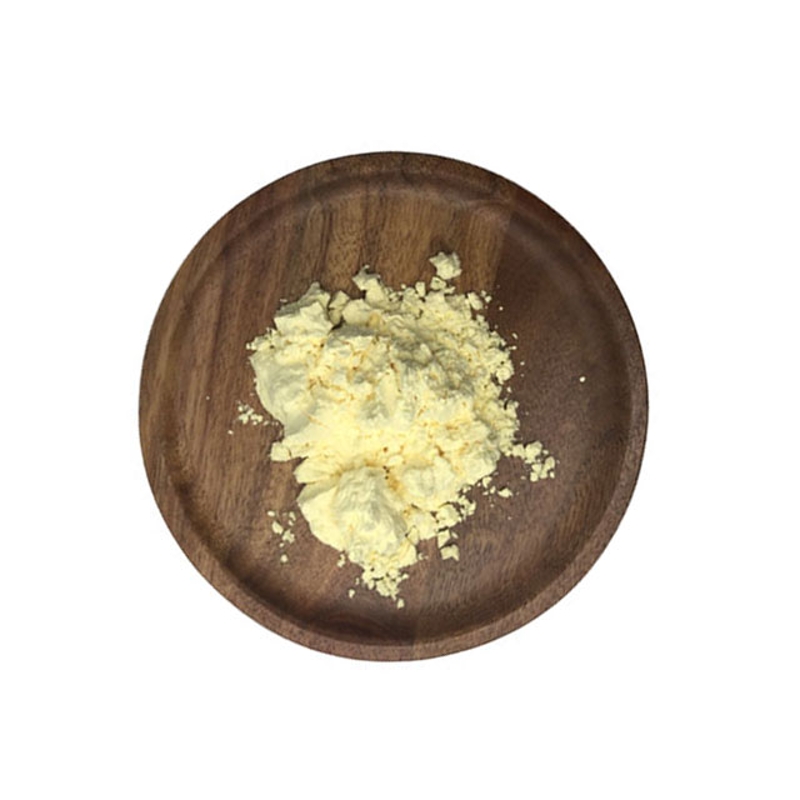-
Categories
-
Pharmaceutical Intermediates
-
Active Pharmaceutical Ingredients
-
Food Additives
- Industrial Coatings
- Agrochemicals
- Dyes and Pigments
- Surfactant
- Flavors and Fragrances
- Chemical Reagents
- Catalyst and Auxiliary
- Natural Products
- Inorganic Chemistry
-
Organic Chemistry
-
Biochemical Engineering
- Analytical Chemistry
- Cosmetic Ingredient
-
Pharmaceutical Intermediates
Promotion
ECHEMI Mall
Wholesale
Weekly Price
Exhibition
News
-
Trade Service
The purpose of this study was to determine whether indirect immunofluorescence detection of staining patterns and titrations of HEp-2 cells (HEp-2 IFA) was associated with systemic lupus erythematosus (SLE) disease activity.
according to the SLE Disease Activity Index 2000 (SLEDAI2K), 269 SLE patients who continuously met the ACR and SLICC standards were divided into three groups: remission (SLEDAI2K s 0; n s 47); intermediate (SLEDAI2K s 1-5; n s 111); activity (SLEDAI2K s6; n s 111).
all subjects assessed the HEp-2 IFA titration and staining patterns, as well as the traditional parameters of nine SLE disease activities.
101 of the 269 patients were re-evaluated after a six- to 12-month interval.
the active group HEP-2 IFA homogeneity (AC-1) appears more frequently than the mitigation group (p .lt; 0.001).
the relief group is more prone to small nuclear spots (AC-4) (p - 0.054) than the active group.
AC-1 is higher than the AC-4 (4.8 x 5.2) (p .lt; 0.001).
results of the enzyme-linked immunosorption test (ANA-ELISA) showed that the HEp-2 IFA effect and antinuclear antibody values of the mitigation group were lower than those of the other two groups (p .lt; 0.001).
multivariable analysis identified ELISA antidsdna only as an argument associated with disease activity.
follow-up analysis, HEp-2 IFA titrity was significantly reduced in 33 subjects with reduced disease activity (p - 0.002).
analysis of the subject's operating characteristics (ROC) curve, which determined disease activity, showed that the HEp-2 IFA titration was the same as the under-curve area (AUC) of the traditional disease activity parameters.
results show that the HEp-2 IFA pattern and titration reflect SLE disease activity and can be evaluated in conjunction with other laboratory and clinical parameters.
.







